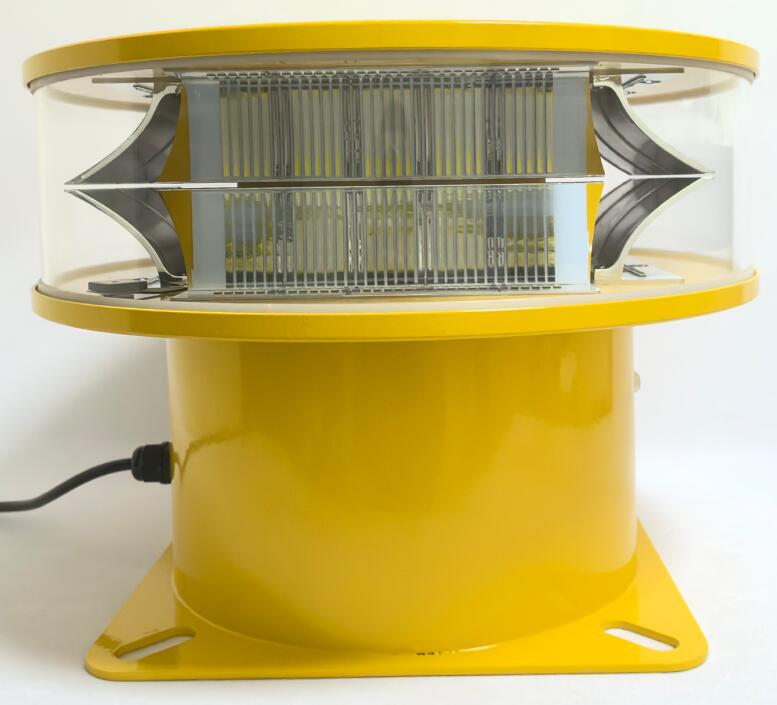Tower Sentinels: How Aircraft Warning Lights Are Evolving for Safer Skies
The Critical Role of Tower Lighting in Modern Aviation
Aircraft warning lights on towers have become indispensable safety features in our increasingly vertical world. As urban landscapes grow taller and air traffic becomes more congested, these luminous guardians protect both aircraft and infrastructure by marking potential aerial hazards. Modern systems combine advanced LED technology with smart monitoring capabilities to create reliable, maintenance-friendly solutions that meet stringent international aviation regulations.
Cutting-Edge Lighting Technologies- Aircraft warning lights on towers
Next-Generation LED Systems
High-efficiency arrays providing 50,000+ hours of operation
Self-diagnosing chips that alert for maintenance needs
Adaptive brightness adjusting to ambient light conditions

Weather-resistant designs functioning from -40°C to 70°C
Innovative Power Solutions
Hybrid solar-grid systems ensuring uninterrupted operation
| aircraft warning lights on towers |
Energy-harvesting technologies for remote installations
Backup battery systems with 72+ hour capacity
Regulatory Landscape and Compliance
Global Standards
ICAO Annex 14 intensity and spacing requirements
FAA AC 70/7460-1L flash pattern specifications
EASA CS-ADR-DSN European compliance metrics
CASA MOS 139 Australian operational standards
Height-Based Lighting Configurations
<150 feet: Low-intensity red lights
150-500 feet: Medium-intensity red/white systems
>500 feet: High-intensity white strobes with red backups
Specialized Applications
Urban High-Rise Challenges
Architectural integration without compromising visibility
Light pollution mitigation for city environments
Custom mounting solutions for complex facades
Renewable Energy Installations for Aircraft warning lights on towers system
Wind turbine-specific synchronized patterns
Solar farm perimeter marking systems
Offshore platform marine-grade lighting
Smart Monitoring and Control
IoT-Enabled Features
Real-time performance tracking via cloud platforms
Automated fault reporting to maintenance teams
Remote configuration of flash patterns and intensity
Predictive Maintenance
Usage-based component life forecasting
Environmental stress monitoring
Proactive replacement scheduling
Installation Best Practices
Structural Considerations
Vibration analysis for tall, slender towers
Load distribution calculations for lighting arrays
Lightning protection system integration
Optical Optimization
360° visibility verification testing
Vertical spacing calculations for tapered structures
Glare reduction techniques for pilot comfort
Emerging Technologies
Drone-Specific Innovations
UAV-visible wavelength enhancements
ADS-B integrated warning systems
Dynamic anti-collision light patterns
Sustainable Solutions
Recyclable component designs
Energy-neutral operation targets
Heat-recovery systems
The Human Factor
Pilot Visibility Studies
Color recognition at various distances
Pattern identification in crowded airspace
Night vision preservation considerations
Maintenance Technician Safety
Fall prevention system integration
Tool-less access designs
Remote troubleshooting capabilities
Lighting the Way Forward
Aircraft warning lights on towers represent more than regulatory compliance—they embody our collective commitment to aviation safety. As technology advances, these systems are transforming from simple warning devices into intelligent safety networks that actively communicate with aircraft and maintenance teams.
The future will see even greater integration with air traffic management systems, adaptive visibility based on real-time weather data, and perhaps even AI-powered hazard prediction. For now, these luminous sentinels continue their vital work—flashing warnings through rain and fog, standing guard against the night, and keeping our increasingly crowded skies safe for all who fly.
